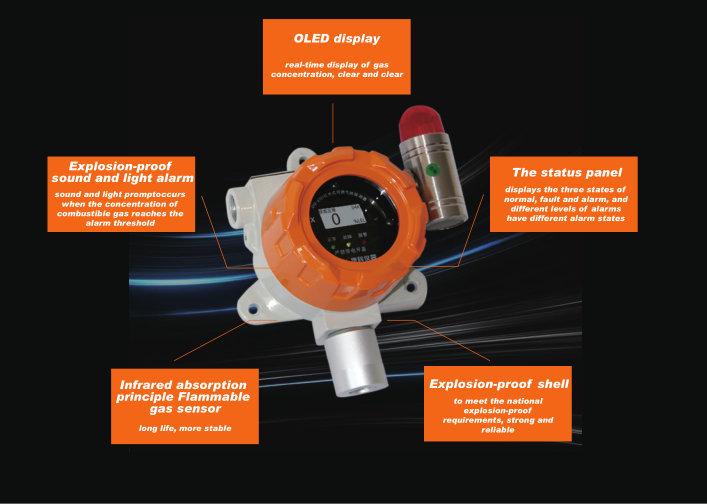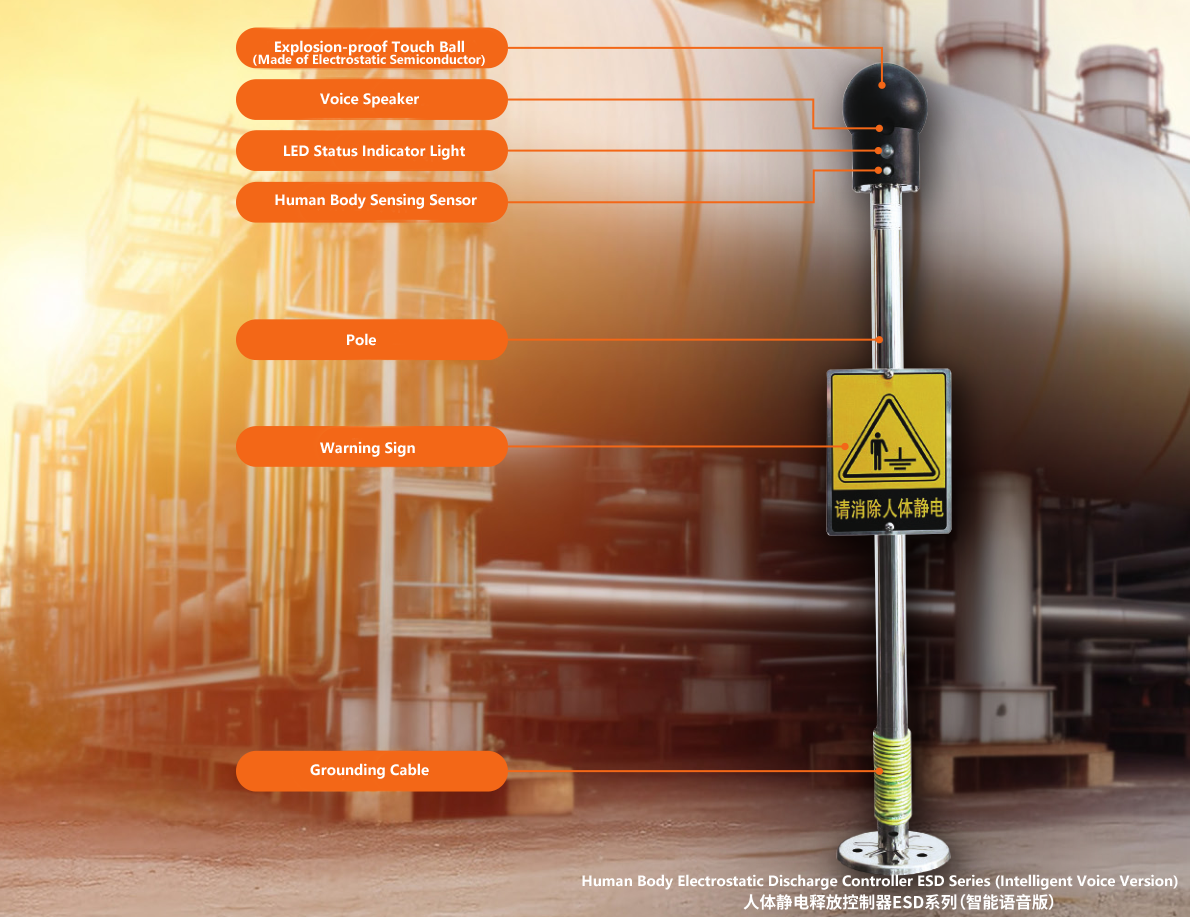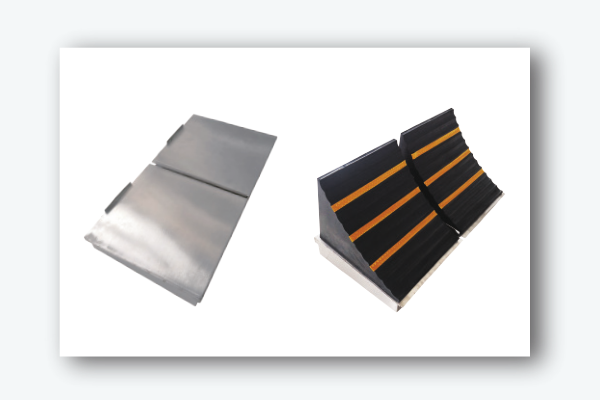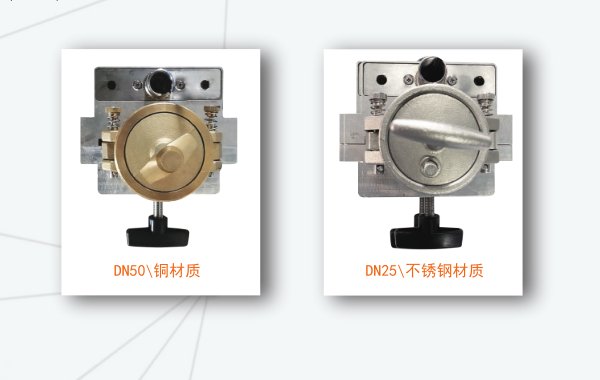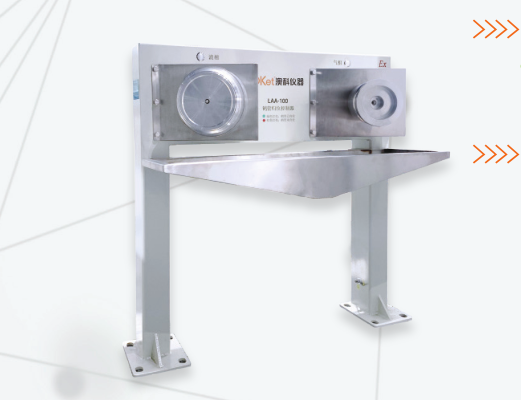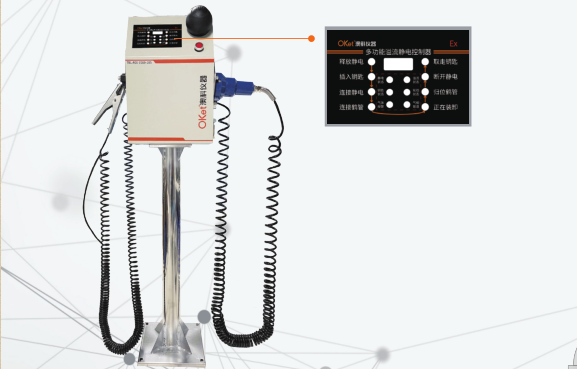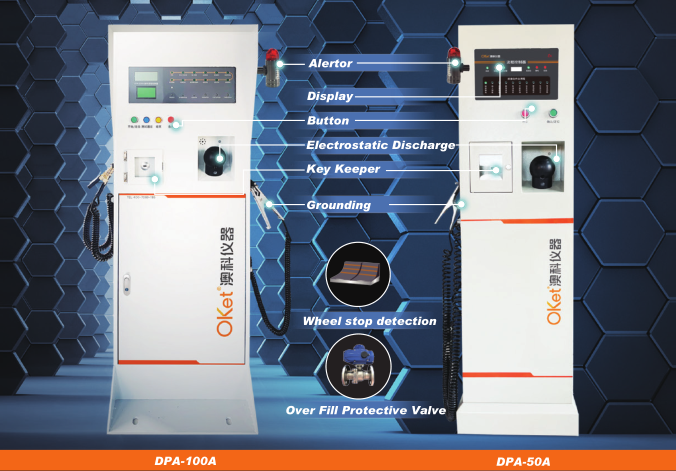
PRODUCTS
Hydrocarbon Gas Detection and Alarm System
System Introduction
OKet's hydrocarbon gas detection and alarm system includes wired and wireless versions.
The system has two parts: thehydrocarbon gas detector (wired or wireless) and the alarm controller (wired or wireless). The detector uses NDlR technology to detect hydrocarbon gases like gasoline vapor and hydrocarbons. When gas levels reach the set alarm threshold, it triggers an alarm and sends a signal to the alarm controller and control platform. This allows managers to monitor all sites in real time from one place.
System Composition
Product Advantages
1. Complies with national standards and is applicable to multiple scenarios.
2. High range and long service life.
The hydrocarbon gas detector is based on the non-dispersive infrared absorption principle, with no loss during the detection process and stable status.
3. Friendly display and acousto-optic warning.
Real-time display of hydrocarbon gas concentration, multi-level alarm status, and equipped with acousto-optic alarm function.
4. Fault self-inspection, safe and reliable.
Supporting self-inspection of fault status, including power failure, circuit failure, etc.
5. Diverse communication, real-time and efficient.
The wired hydrocarbon gas detector can support RS485/4-20mA/relay communication methods, and the wireless hydrocarbon gas detector transmits signals via LoRa, the alarm controller reserves a communication interface, supports uploading of alarm information, and can be used in interlock with other monitoring and early-warning systems.
6. Flexible installation, simple and easy to use.
Supports multiple installation methods. The wireless hydrocarbon gas detector can achieve wireless communication without being restricted by on-site wiring.
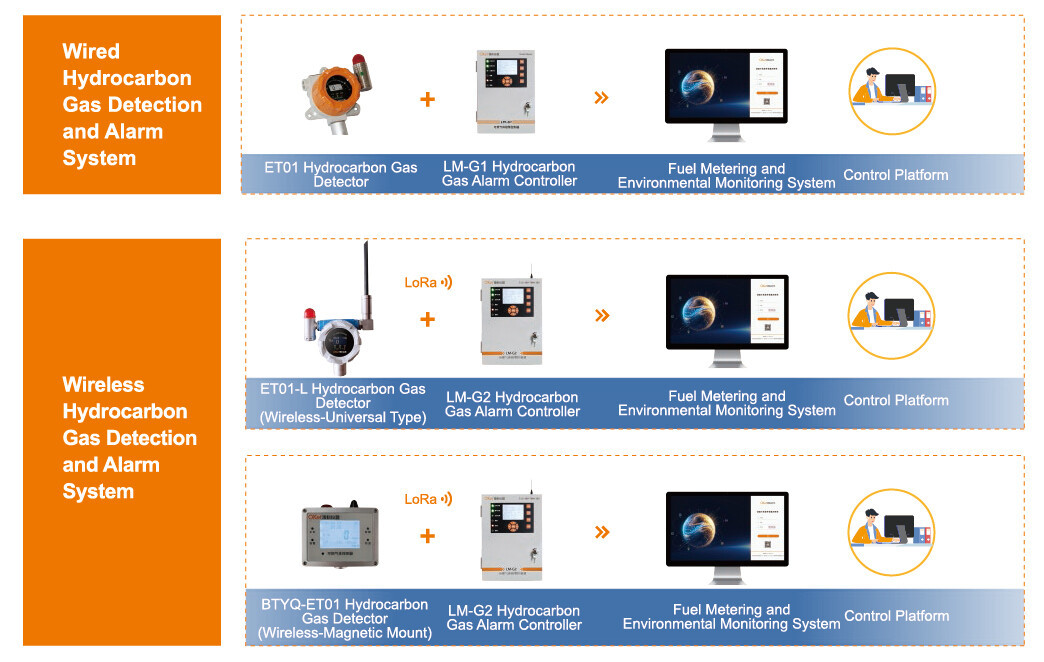
Parameters
RELATED PRODUCTS
GET A QUOTE

